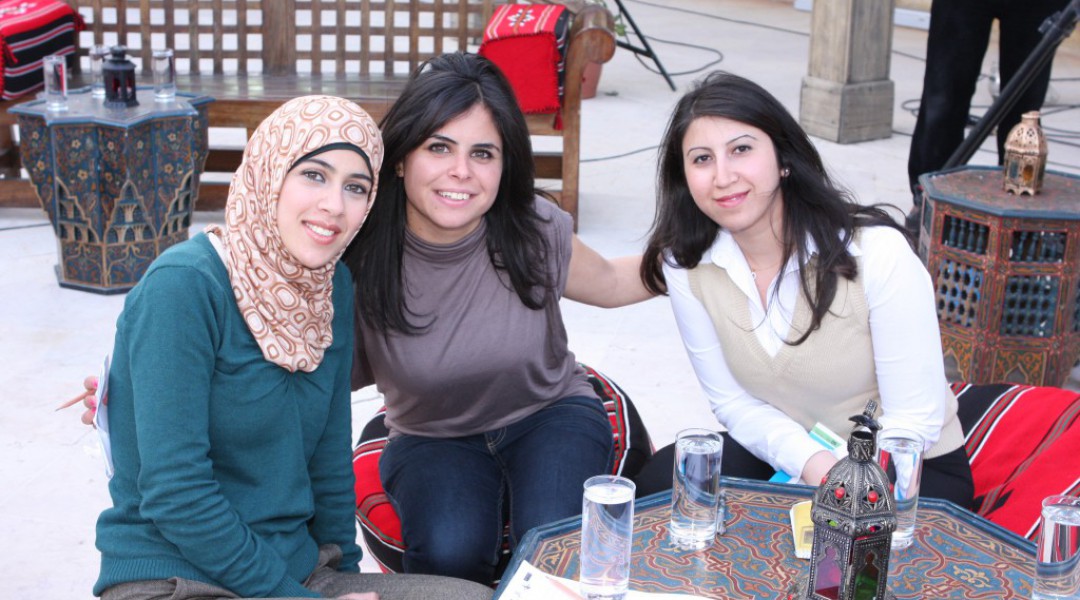
Study of Arabic is the single most important driver of study abroad in the Arab world, and the rapid increase in the number of students in
Arabic language courses over the past decade has driven a significant increase in study abroad numbers as well. Historically, from World War II until the 1990s, most American students in the Arab world were graduate students in Arabic, Middle East, and Islamic studies. They went to the region, overwhelmingly, to improve their language skills in preparation for undertaking research.
Those undergraduates who did venture into the region had very few options open to them. The American University in Cairo and its Arabic Language Institute was the primary destination. Others included the Arabic for Speakers of Other Languages Program at the University of Jordan (in operation since the early 1980s), the School for International Training’s program in Rabat, Morocco (begun in 1988), and the summer programs at AUC, the Bourguiba School in Tunis, and Yarmouk maintains today, more than 40 years later). Throughout this period, most students enrolled primarily to improve Arabic skills in preparation for scholarly research or for careers in the State Department and other government agencies and nongovernmental organizations. Other students of Arab ancestry were interested in studying in Arab countries, often for more personal reasons.
As already noted, this situation began to shift in the 1990s, with a rapid acceleration after September 11. The Persian Gulf War led to a rise in interest in the region, and more and more institutions began to offer Arabic and courses on the region.
This article was originally published by the Institute of International Education
